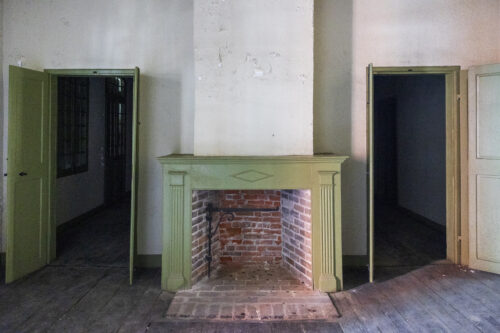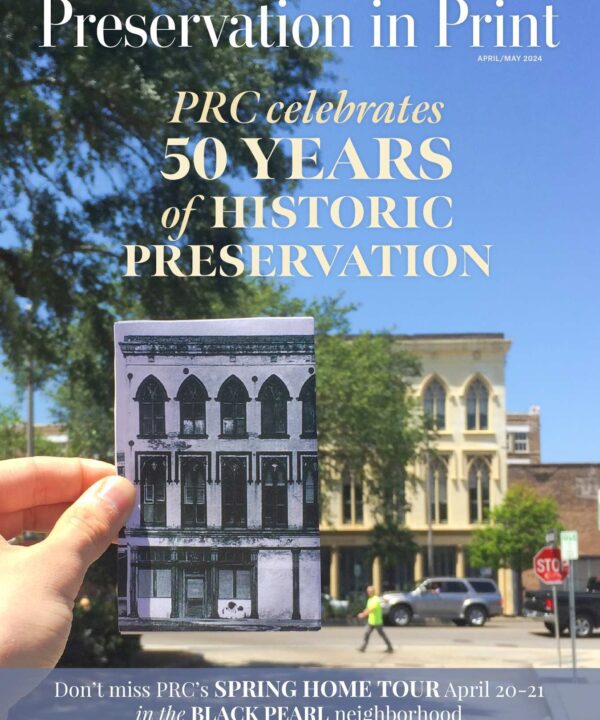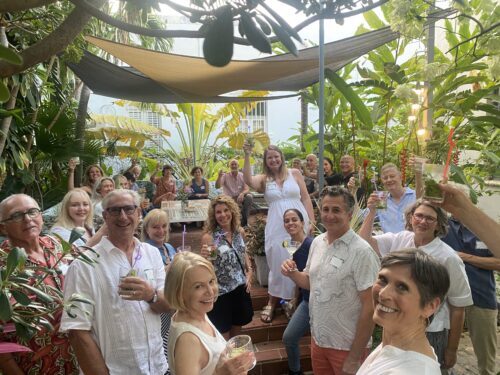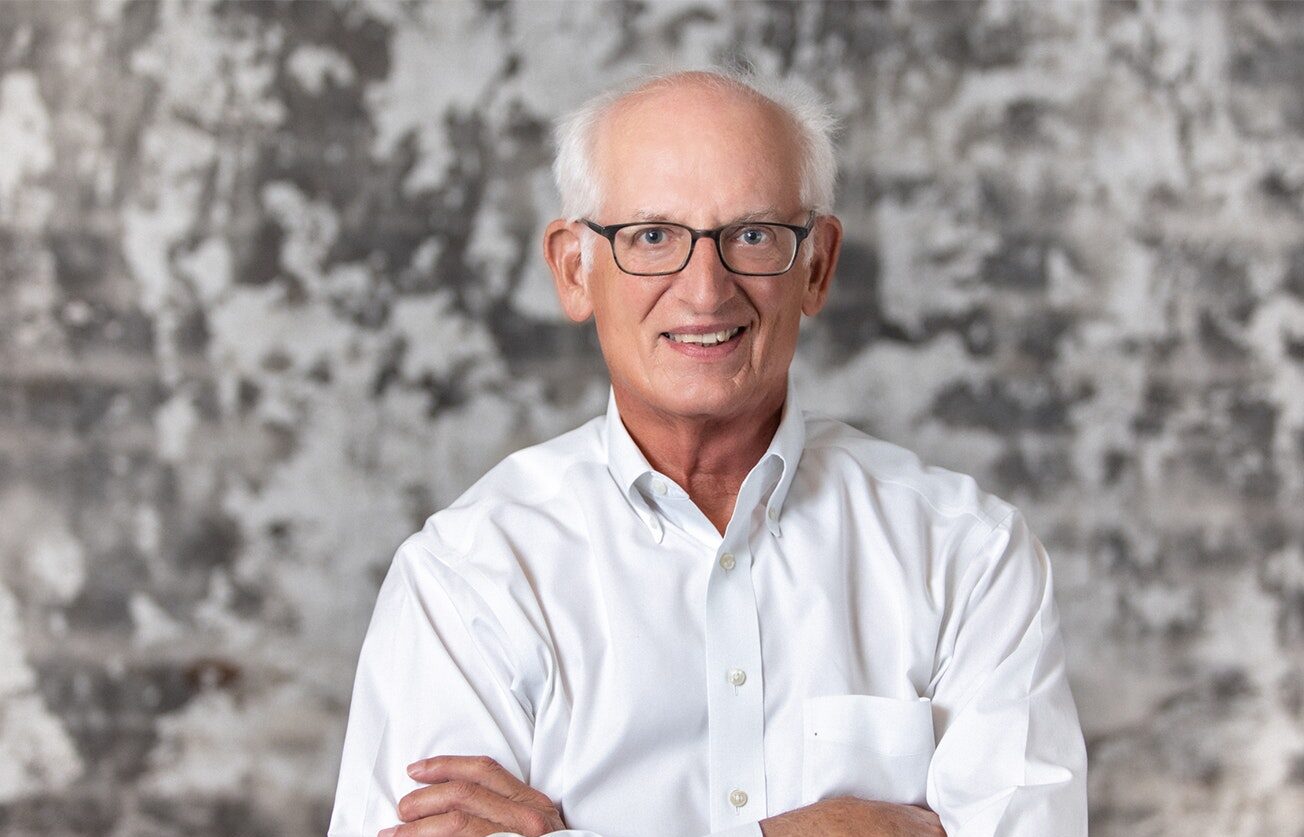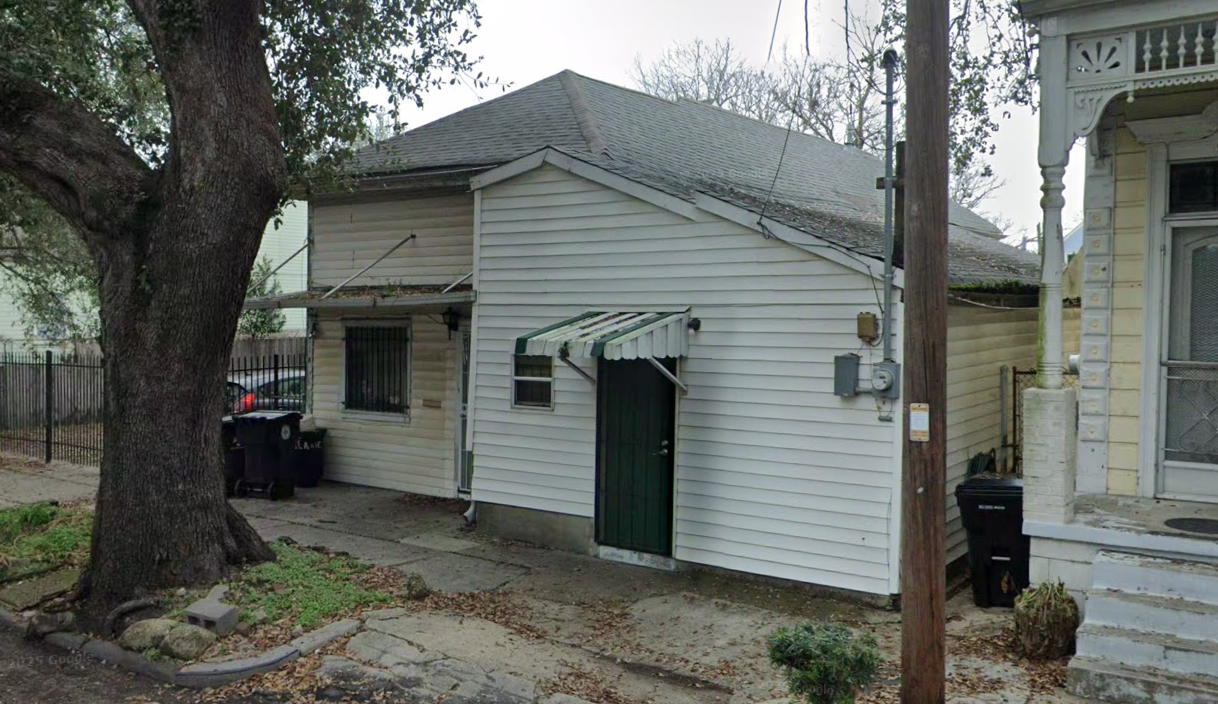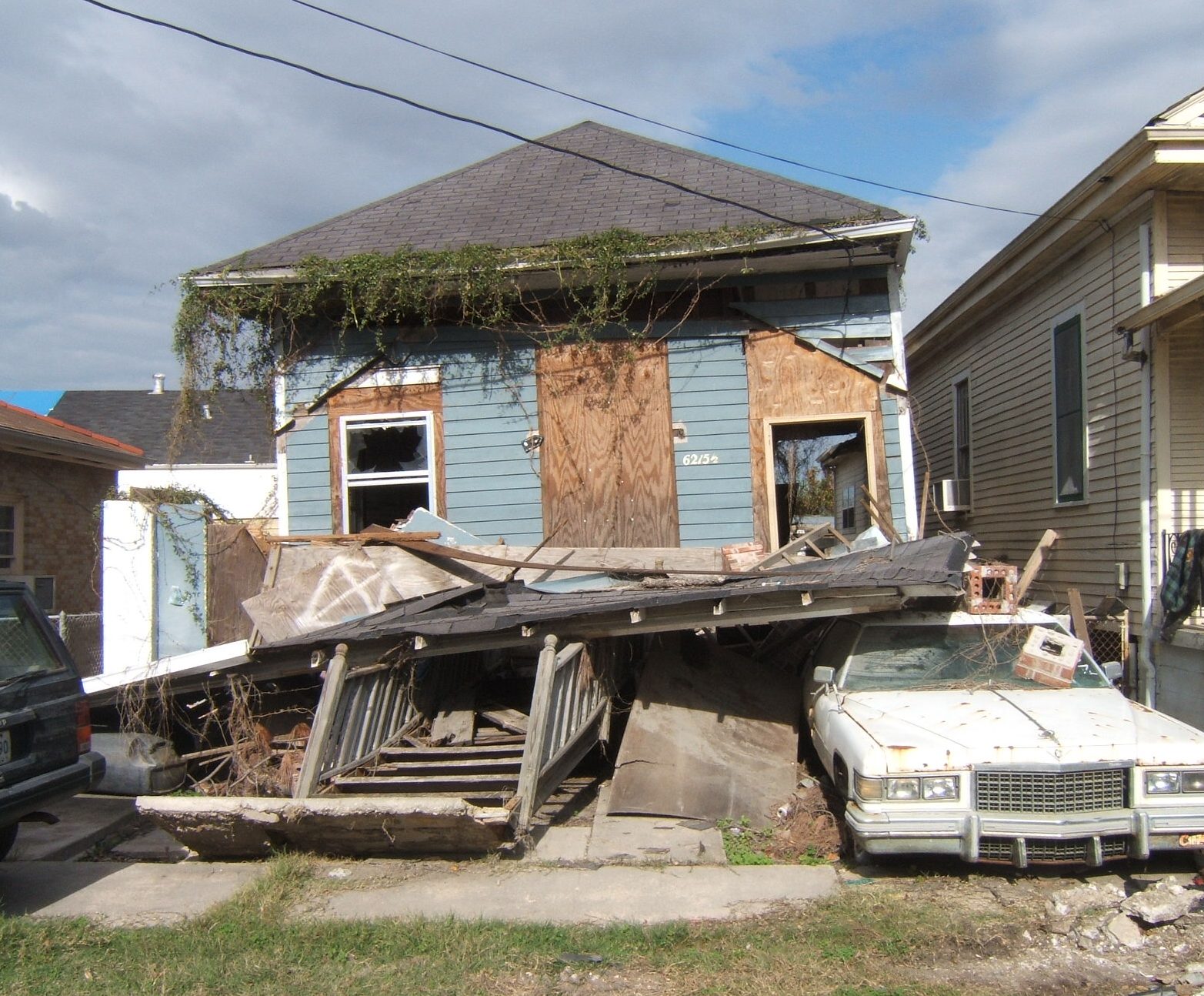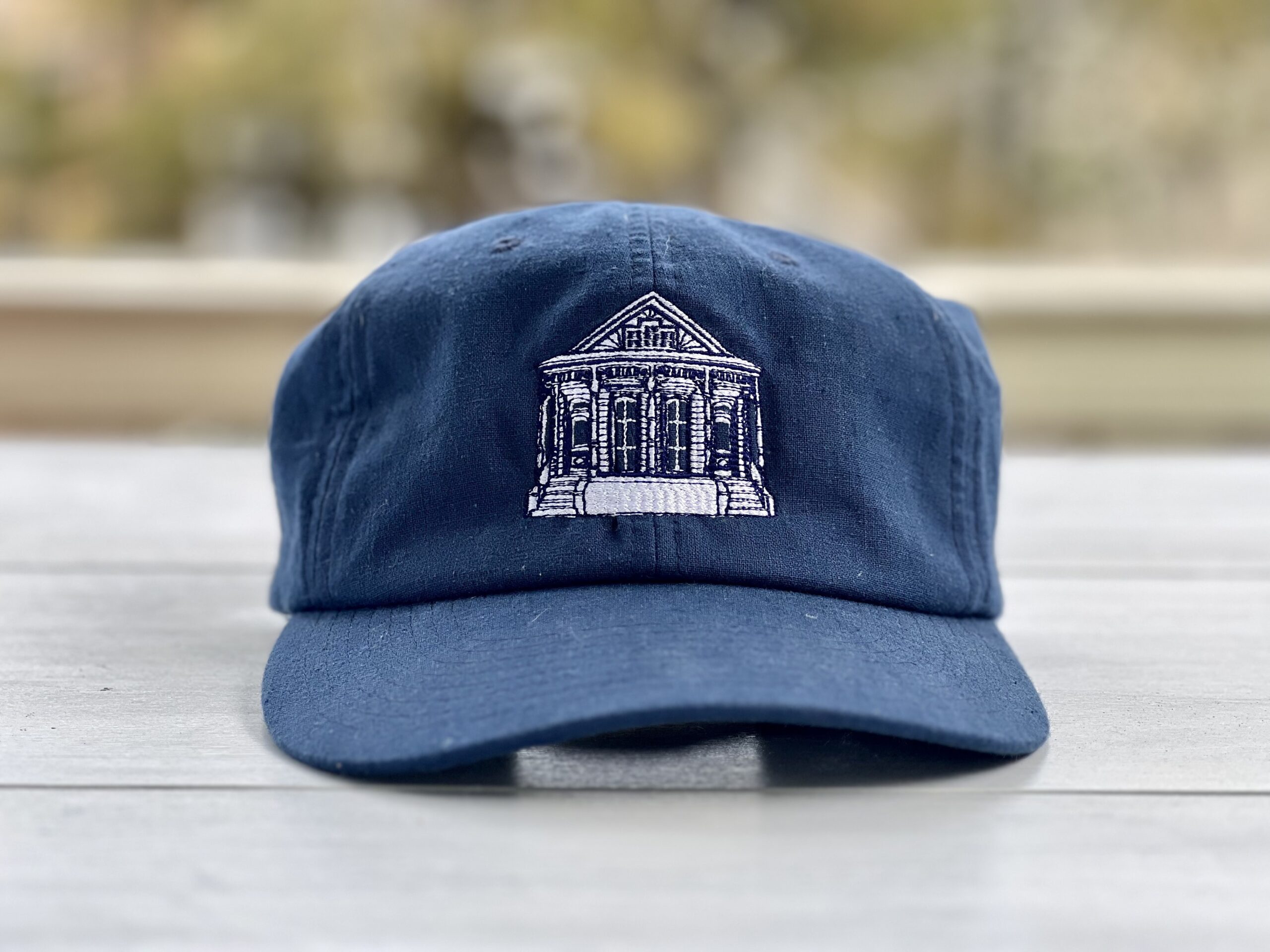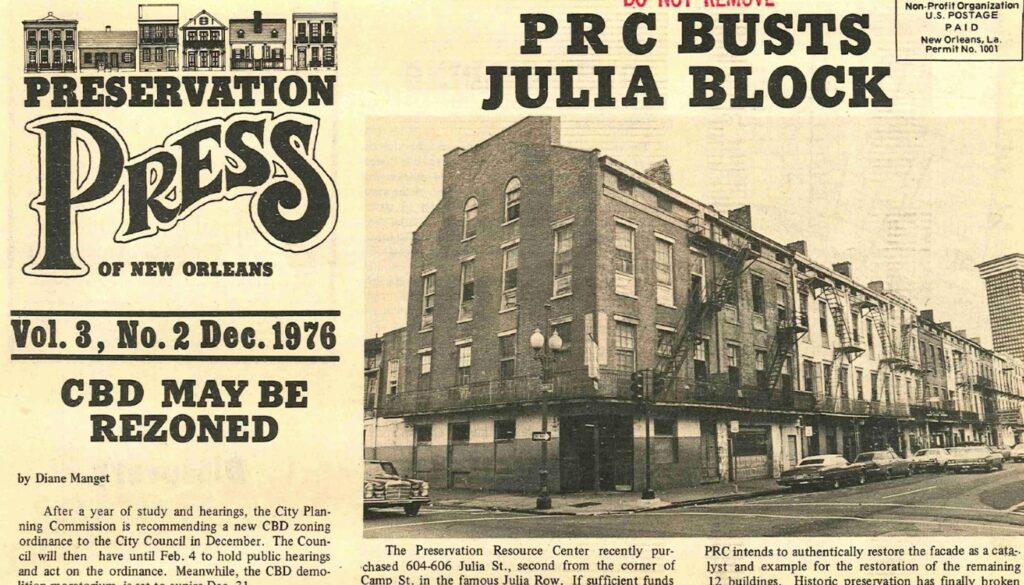
1970s
New Orleans was an early leader in historic preservation, with residents convincing lawmakers in 1936 to establish the Vieux Carré Commission to protect the French Quarter. But outside of the Vieux Carré, few safeguards were in place to protect the rich tapestry of historic neighborhoods that surrounded the city’s center. When a booming oil industry fueled a rise in land values during the 1970s and swaths of historic buildings were razed for new developments and parking lots, preservationists organized to help protect the buildings that remained. PRC was founded in 1974 with a grant from the Junior League of New Orleans. The organization was conceived “as a center for information of every kind: for the homeowner, for the neighborhood which finds itself threatened by insensitive plans of non-neighbors, for the businessman who appreciates the intrinsic value of utilizing our architectural riches but needs help to do it economically,” according to the first issue of the PRC’s Preservation Press magazine, which was published in 1975. Also that year, the first Holiday Home Tour was held in the Garden District as a fundraiser for the fledgling organization. In 1976, PRC bought and planned the renovation of 604 Julia St. — one of 13 vacant and deteriorated 1830s townhouses on Julia Street — and began the building’s renovation to serve as PRC’s headquarters. The project inspired other preservationists to follow suit, eventually transforming the entire block into the restored gem it is today. The first annual Julia Jump fundraiser was held in 1978.
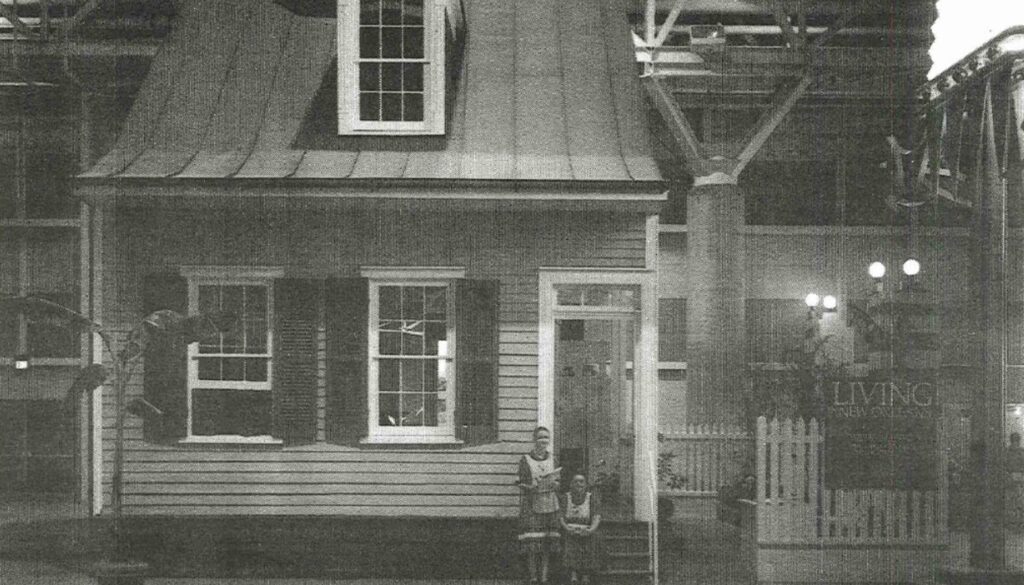
1980s
PRC’s Facade Servitude Donation Program was established in 1980, laying the groundwork for our preservation easement portfolio. In 1984, when the Louisiana World Exposition was hosted in New Orleans, the PRC renovated a Creole cottage to serve as a preservation exhibit, educating more than a half a million people about the city’s architecture and historic preservation. In 1988, the Operation Comeback and Christmas in October programs were launched, renovating several houses in the Lower Garden District and making home repairs for low-income homeowners. PRC’s Preservation Press magazine was renamed to Preservation in Print.
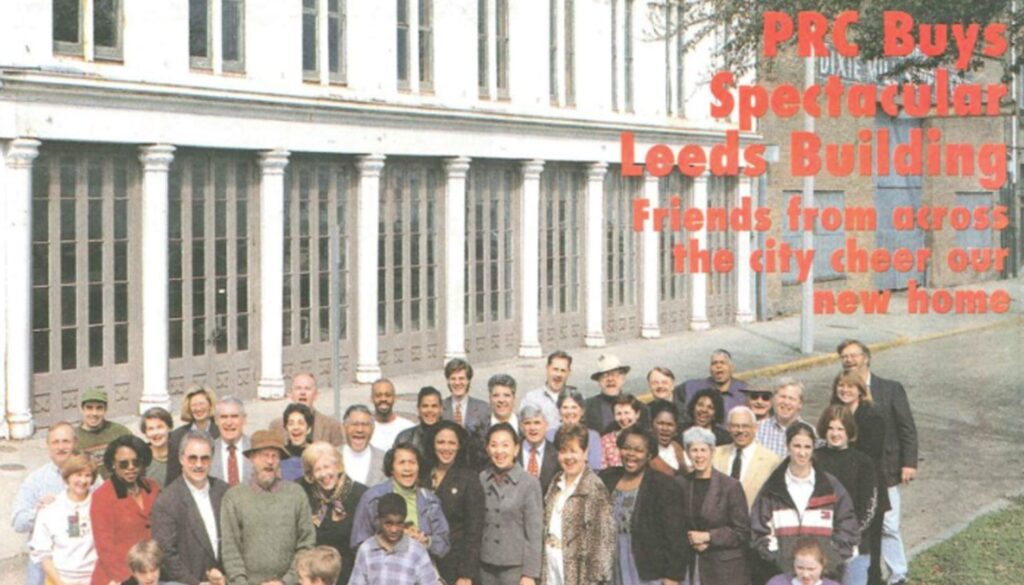
1990s
In the 1990s, PRC’s programs and educational initiatives advanced their efforts while the easement program grew substantially. In 1993, the inaugural Shotgun House Month was celebrated to promote the preservation of the city’s notable house type. In 1996, PRC stepped into the digital age with the launch of PRCNO.org as an platform to connect with members and advocates. PRC acquired the former Leeds Foundry building in 1998, selling its former Julia Row headquarters, and embarked on a restoration of the new Gothic Revival-style headquarters building. Advocacy issues were also a major focus: in 1999, PRC coordinated the move of eight historic Central City houses that had been slated for demolition for an Albertson’s grocery store.
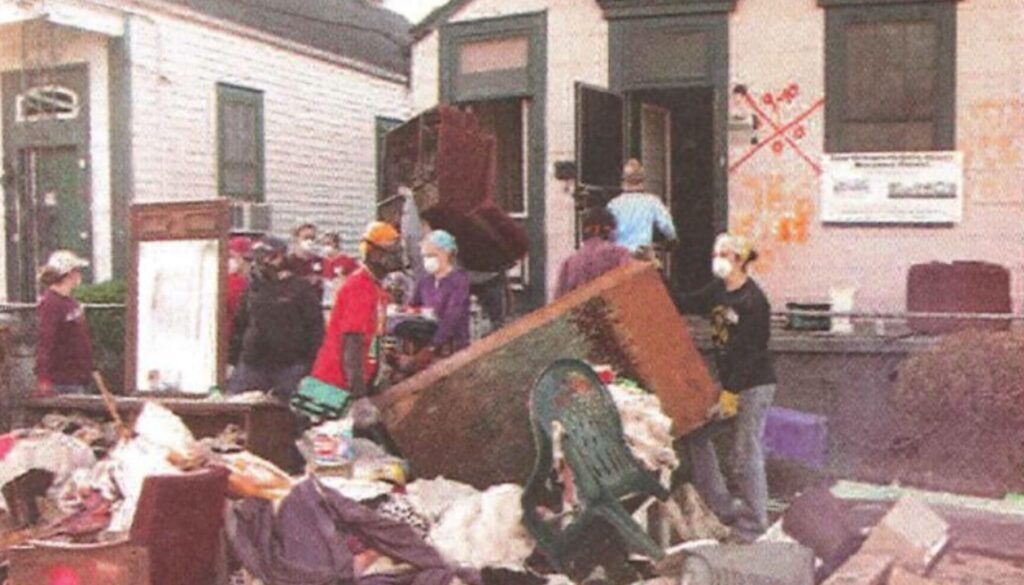
2000s
PRC moved into the newly renovated Leeds-Davis building in 2000, installing guides and public exhibits on the first floor, highlighting each of the city’s National Register Historic Districts. Other educational initiatives included the launch of the Jazz Plaque program and the first Renovators Happy Hour events. Christmas in October became Rebuilding Together New Orleans in 2003. When Hurricane Katrina flooded more than three-quarters of the city and caused widespread destruction in 2005, the PRC quickly stepped up to guide homeowners on rehabilitating their houses and ramped up home renovations in Holy Cross — and throughout the city — through its Operation Comeback and Rebuilding Together programs.
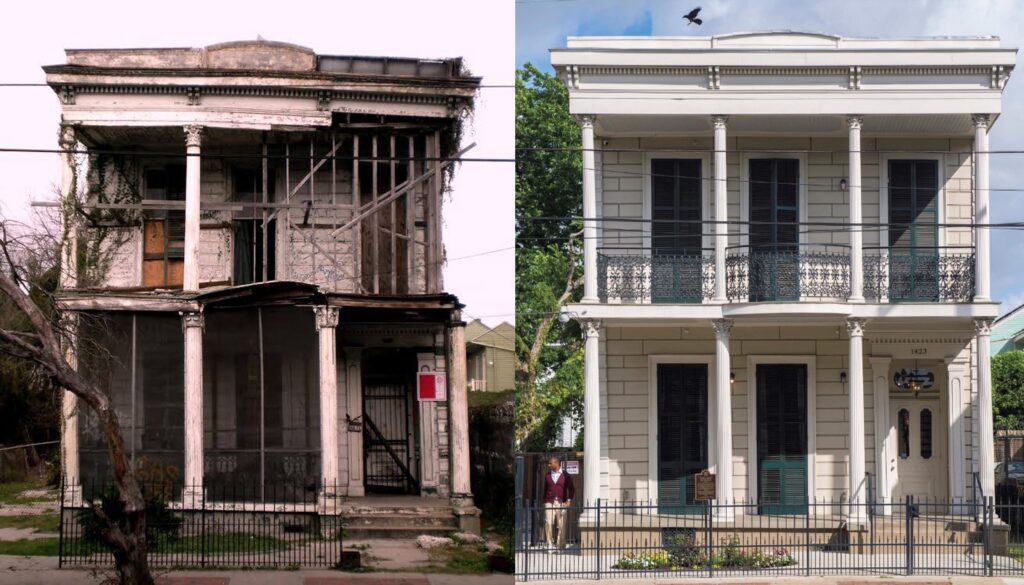
2010s
PRC’s programs continued educating, renovating, and advocating. PRC nominated the Straight University Boarding House and Dining Hall to the National Register of Historic Places — one of the last remaining original structures of New Orleans’ earliest historically Black colleges — and restored the formerly abandoned historic building. After a 37-year tenure, Patty Gay retired from her position as the Executive Director of the Preservation Resource Center. Danielle Del Sol, former editor of Preservation in Print, was named the new Executive Director after a national search. In the 2010s, the PRC also expanded its social media and web presence, launching the Digital Preservation Newsroom to help spread awareness about the impact of historic preservation locally and around the world. PRC’s Rebuilding Together program became a separate, independent nonprofit organization, and PRC launched a new program — Revival Grants — to provide free home repairs to low-income homeowners in historic districts to bring them into compliance with the city’s historic preservation regulations. The PRC also worked with the Pontchartrain Park Neighborhood Association to add the community to the National Register of Historic Places.

Today
Our nonprofit organization has continued to grow through our education, advocacy, and renovation efforts, and will continue working tirelessly to preserve our city’s historic architecture, neighborhoods and cultural identity.

